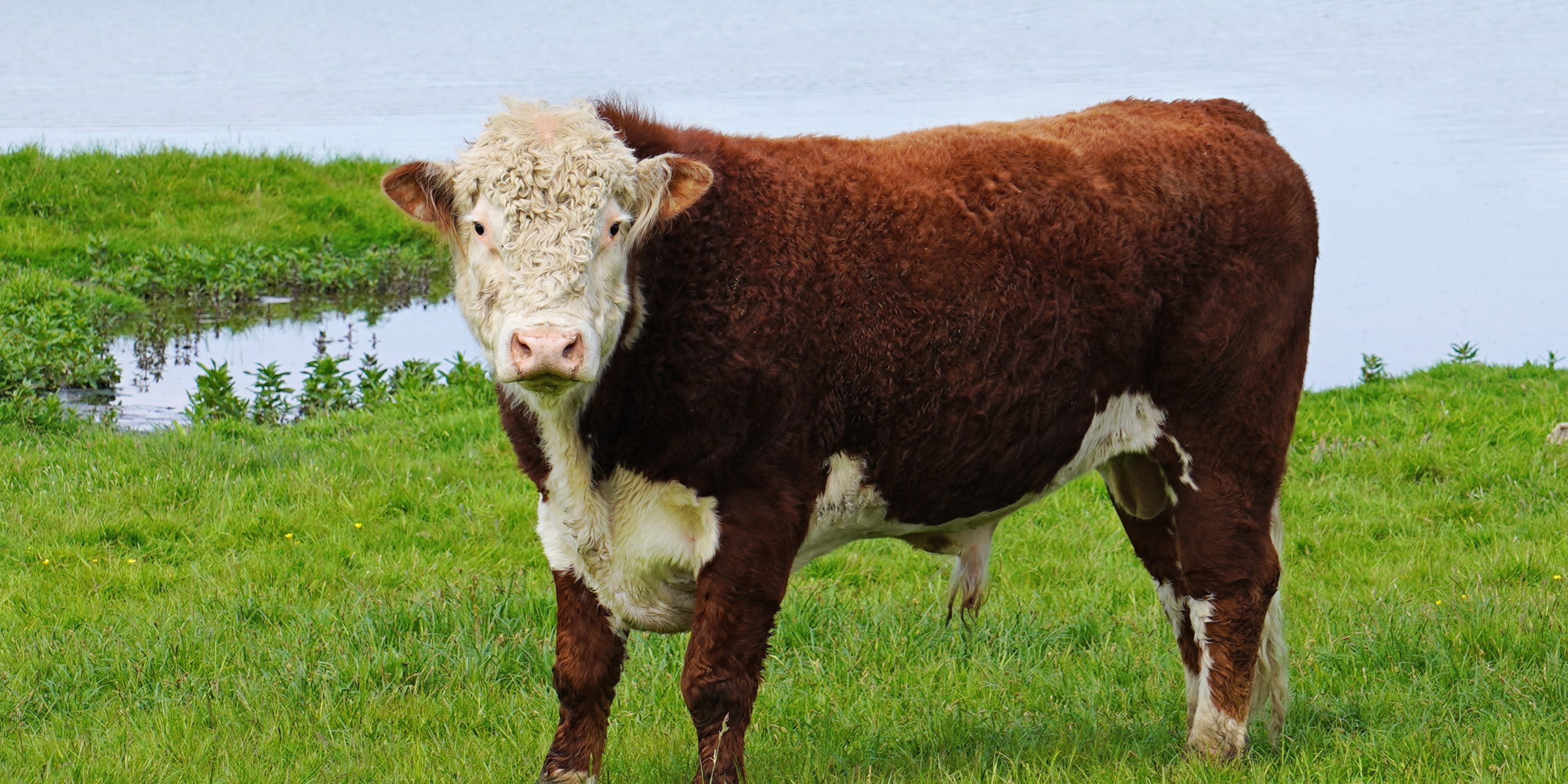
Hereford Heritage: Celebrating the Sturdy Hereford Cattle
Synonymous with reliability and resilience, Hereford cattle have been a cornerstone of beef production for over two centuries. With their distinctive red-and-white markings and adaptable nature, Herefords have earned a reputation for hardiness, maternal strength, and high-quality beef. In this spotlight, we’ll explore the breed’s origins, signature traits, and ongoing impact on today’s cattle industry.
Origins and History
-
English Beginnings
Hereford cattle trace back to the rolling pastures of Herefordshire, England, where farmers in the late 1700s and early 1800s selectively bred for hardiness, foraging ability, and gentle temperament. The breed was first documented in the early 19th century and quickly became popular across the British Isles. -
Transatlantic Expansion
The first Herefords arrived in the United States in 1817, making them one of the earliest beef breeds imported. Their adaptability to new environments—from the humid South to the high plains of the West—solidified their place in American ranching history.
Defining Traits
-
Iconic Coloration
A deep red body contrasted with a white face, brisket, underline, and switch makes Herefords instantly recognizable on any landscape. -
Robust Foraging Ability
Known as “grass converters,” Herefords excel at grazing and thrive on pasture-based systems, reducing feed costs and environmental impact. -
Docile Temperament
Their calm disposition makes them easier to handle, enhancing safety for both ranchers and animals. -
Longevity and Hardiness
Herefords are famed for their toughness in extreme climates—withstanding heat, cold, and variable forage conditions with ease. -
Maternal Excellence
With good milk production and strong mothering instincts, Hereford cows consistently raise healthy, vigorous calves with minimal intervention.
Hereford in Modern Production
-
Purebred and Seedstock Operations
Dedicated Hereford breeders focus on enhancing traits like structural soundness, feed efficiency, and carcass quality, supplying bulls and semen globally. -
Crossbreeding Success
Herefords are a go-to maternal breed in rotational crossbreeding programs. Crosses such as Black Baldies (Hereford × Angus) combine Hereford mothering and Angus marbling for outstanding commercial calves. -
Adaptation to Specialty Markets
Many producers leverage Hereford genetics in grass-fed and organic beef operations, where their foraging prowess and beef flavor shine.
The Hereford Advantage
-
Economic Efficiency
Lower input costs through pasture-based systems and minimal health issues translate to strong returns on investment. -
Consistent Carcass Quality
Hereford beef is known for its well-balanced flavor and moderate marbling, appealing to a broad range of consumers. -
Sustainable Practices
Their ability to thrive on grass reduces reliance on grain feed, promoting more sustainable land use and lower carbon footprints. -
Global Reach
With registered populations in over 60 countries, Herefords impact beef production worldwide, sharing genetics that bolster herds from Australia to Argentina.
Conclusion
From the green fields of Herefordshire to the vast ranches of the American West, Hereford cattle have proven their worth through centuries of adaptation and improvement. Their iconic appearance, combined with unmatched hardiness and maternal instincts, makes them a breed of choice for both traditional and modern beef operations. As the industry continues to evolve—embracing sustainability and niche markets—the stout Hereford’s legacy of reliability ensures it will remain a driving force in cattle production for generations to come.
Share


